Name: Blue Petrel (Halobaena caerulea)
Length: 30 cm
Weight: 200 grams
Location: Sub Antarctic
Conservation status: Least Concern
Diet: Crustaceans, squid, fish
Appearance: White undersides and face, blue-grey topsides, black mask around eyes, black bill, white tail tip, and a dark 'M' shape on wings
How do Blue Petrels feed?
Blue Petrels dive up to 6 metres and feed by dipping while swimming. They often follow whales to catch prey driven to the surface.
Are Blue Petrels social?
They form large colonies during the breeding season.
How fast do Blue Petrels fly?
Blue Petrels typically fly at around 11 metres per second.
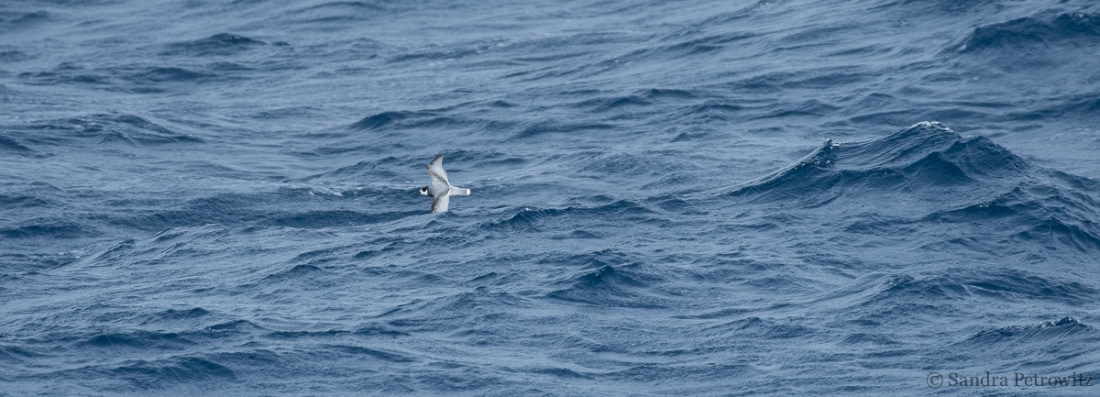
What are Blue Petrel birthing rituals like?
Breeding starts in mid-September. They are monogamous, nesting in burrows. One egg is laid in October, with parents taking turns incubating for 50 days. The chick fledges after about 55 days.
How long do Blue Petrels live?
Blue Petrels live for about 20 years.
How many Blue Petrels are there today?
The population is approximately 3,000,000 individuals.
Do Blue Petrels have any natural predators?
Eggs and young are preyed upon by Skuas, rats, and cats, depending on the location.
7 Bountiful Blue Petrel Facts
- They are the only species in the genus Halobaena.
- They produce stomach oil for feeding and defense, stored in the proventriculus.
- They have a gland to excrete saline, balancing their salt intake from ocean feeding.
- "Petrel" refers to Saint Peter; they appear to run on water when taking off.
- They are pelagic, coming ashore only for breeding.
- Blue Petrel flocks mix with species like Thin-billed Prions and Antarctic Prions.
- They are mainly nocturnal during the breeding season.




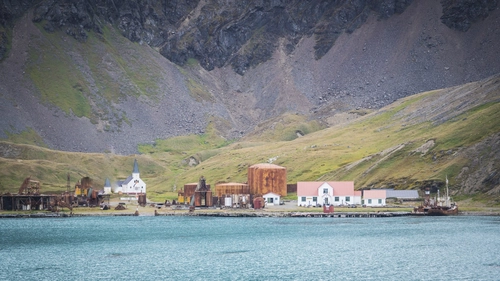

Related Trips


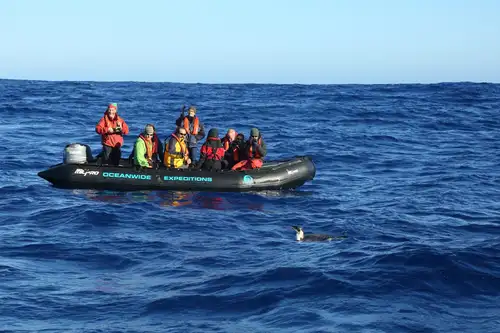
The Emperor Penguin of the Drake Passage

Port Lockroy: History, Post Office, and Resident Penguins

Flowers in Antarctica

Antarctic Explorer’s Voyage

A Day of Basecamp in Antarctica – Paradise Harbour

The Classic Polar Cruise: Antarctic Peninsula Facts, Pics, and More

Camping in Antarctica: a True Expedition Experience

Graham Land: A landscape dominated by volcanoes

Living the Antarctic Dream
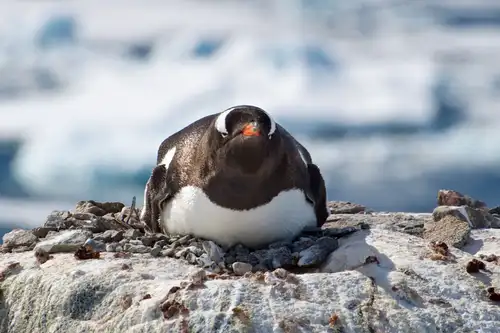
Life in a Penguin Colony
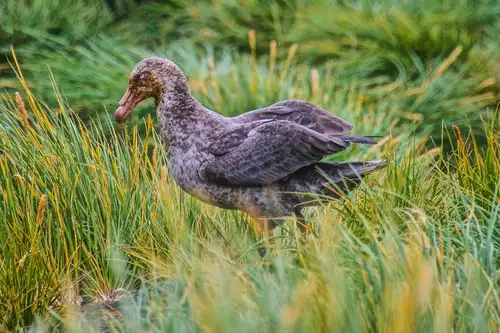
The Giant Petrels of King George Island






 11 Days / 10 Nights
11 Days / 10 Nights





